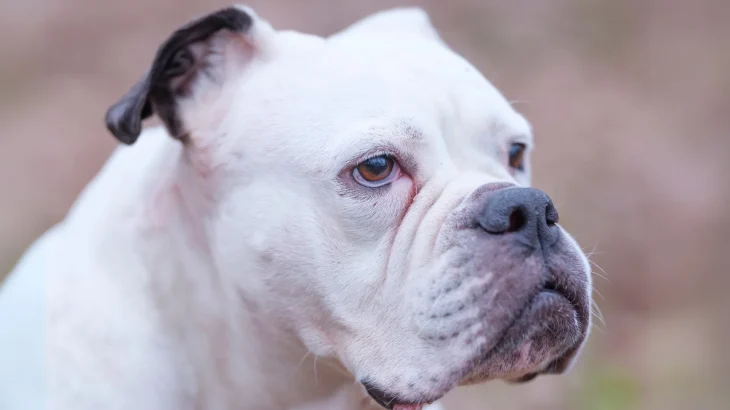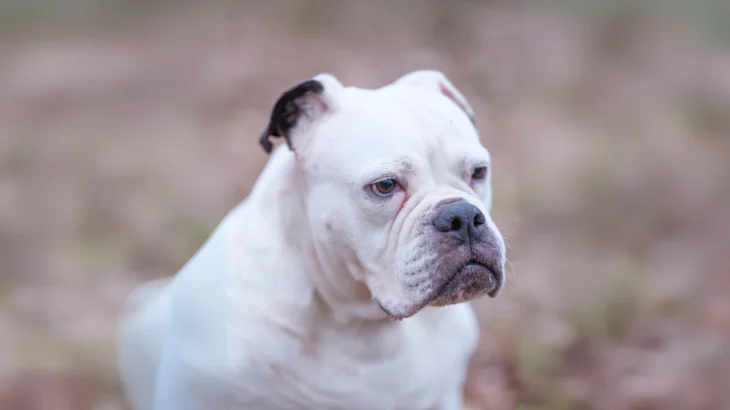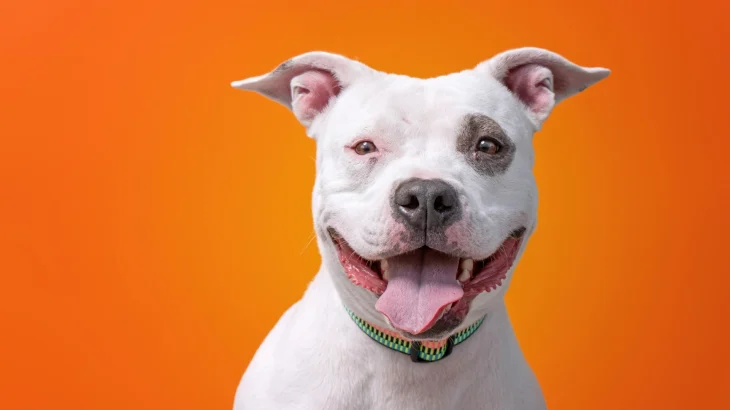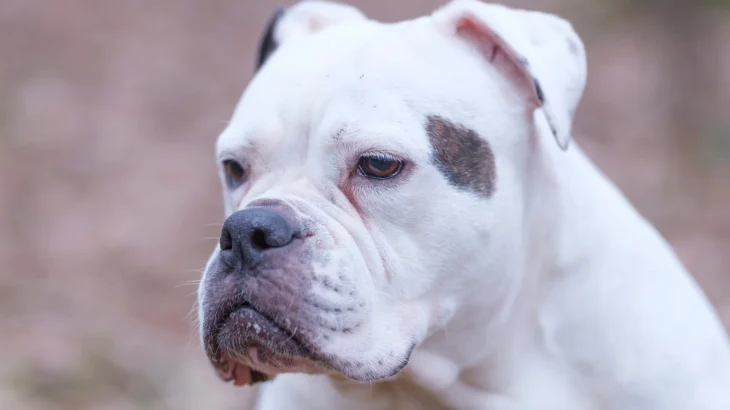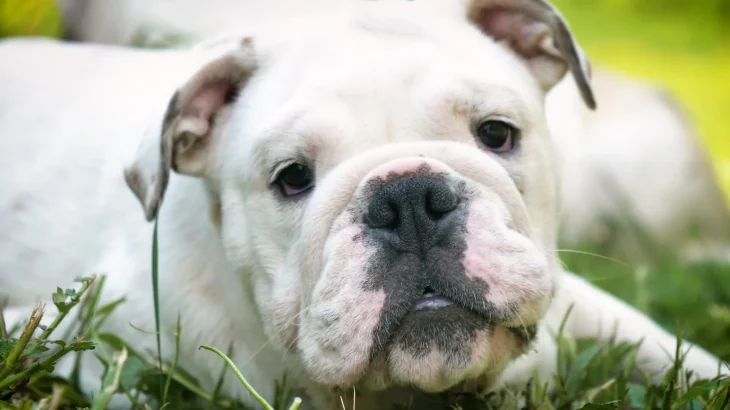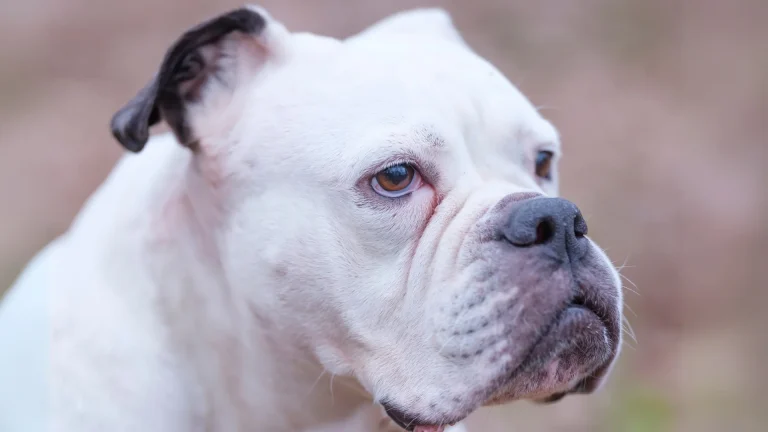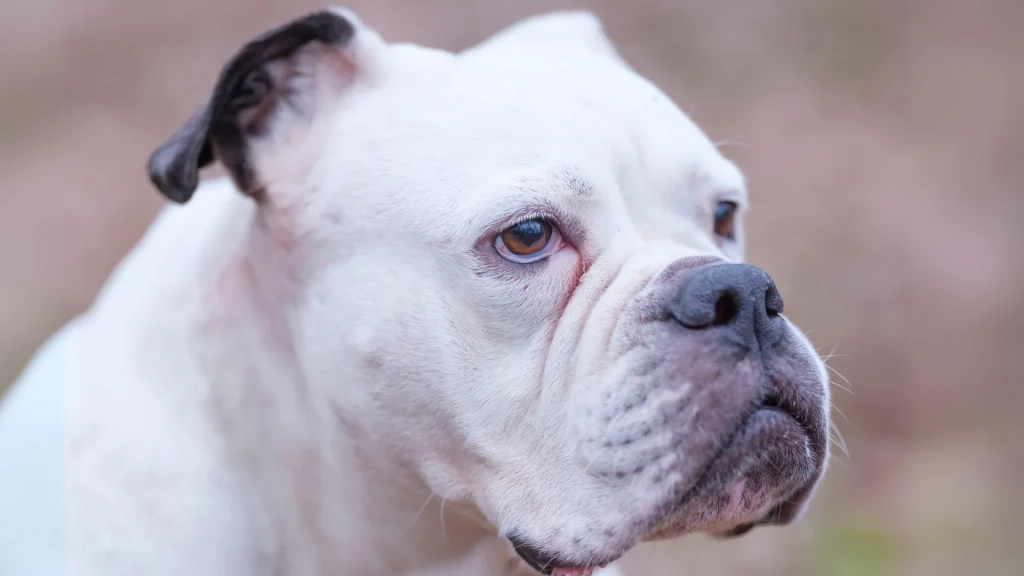Deciding whether to adopt or buy a Bando Bull puppy involves considering factors like health transparency and ethics. Buying from a breeder often provides detailed health and pedigree info, while adoption can be more affordable and supports animal welfare. Both options require thought, especially given the breed's needs and background.
Adoption vs. Breeder: Pros & Cons
| Criteria | Buying from Breeder | Adopting from Shelter/Rescue |
|---|---|---|
| Cost | Higher initial cost reflecting breed purity and breeder care. | Lower fees, a budget-friendly option. |
| Health History | Detailed records and genetic screening often available. | Health history may be limited or unknown; basic checks usually done. |
| Age Availability | Generally puppies, allowing early training and socialization. | Varied ages available, including adults with known temperaments. |
| Temperament Insight | Breeders provide lineage-related behavioral traits. | Rescue groups share observed behaviors after adoption. |
| Supporting Practices | Supports ethical breeding when carefully chosen. | Supports animal welfare by giving homes to dogs in need. |
| Ethical Considerations | Risk of unethical breeding if not vetted. | Promotes rescuing over breeding, helping reduce overpopulation. |

